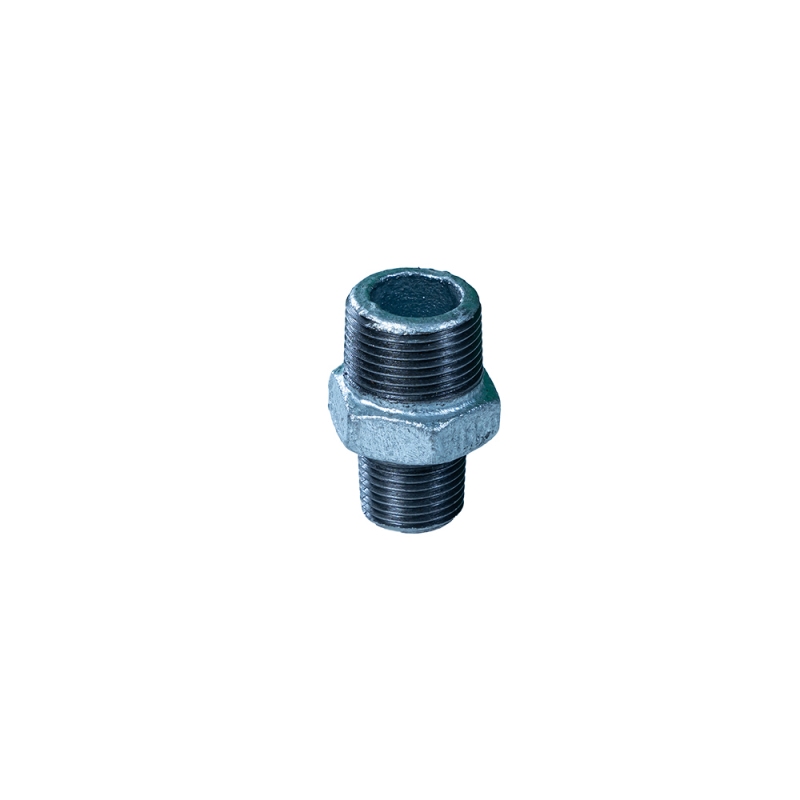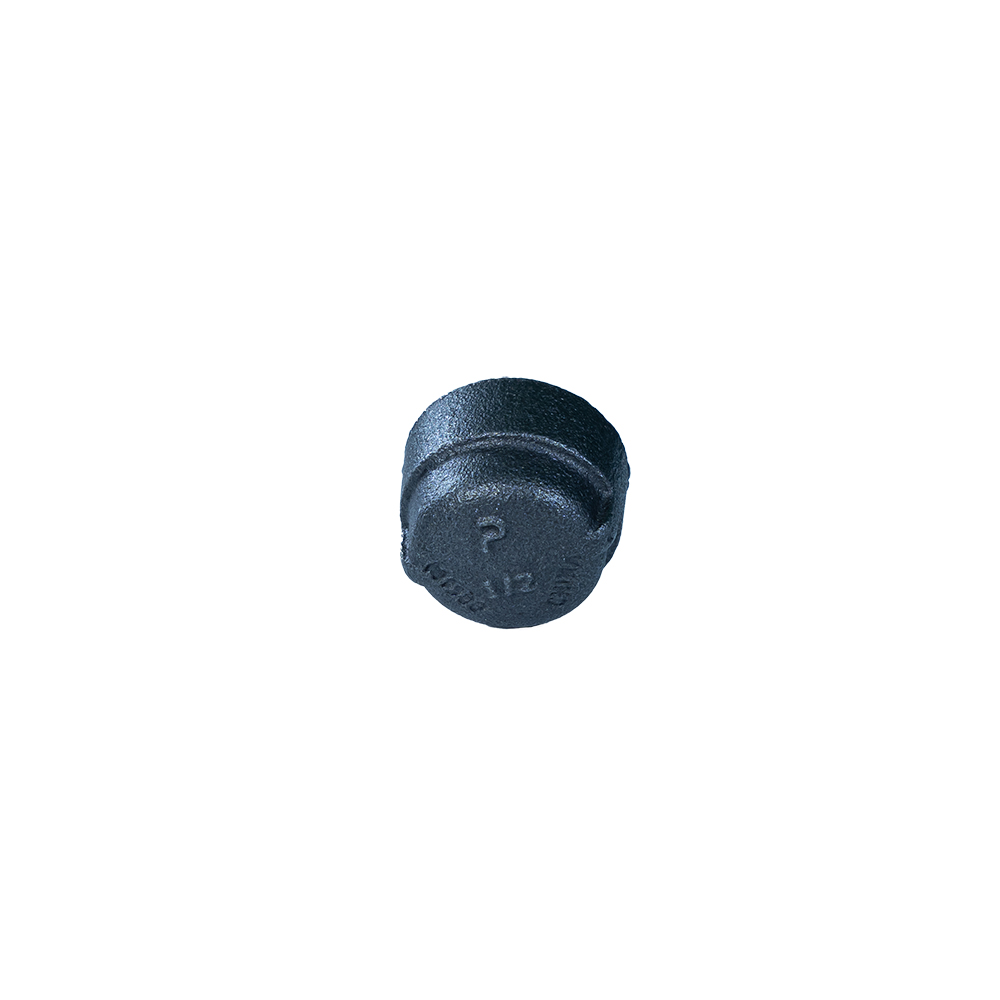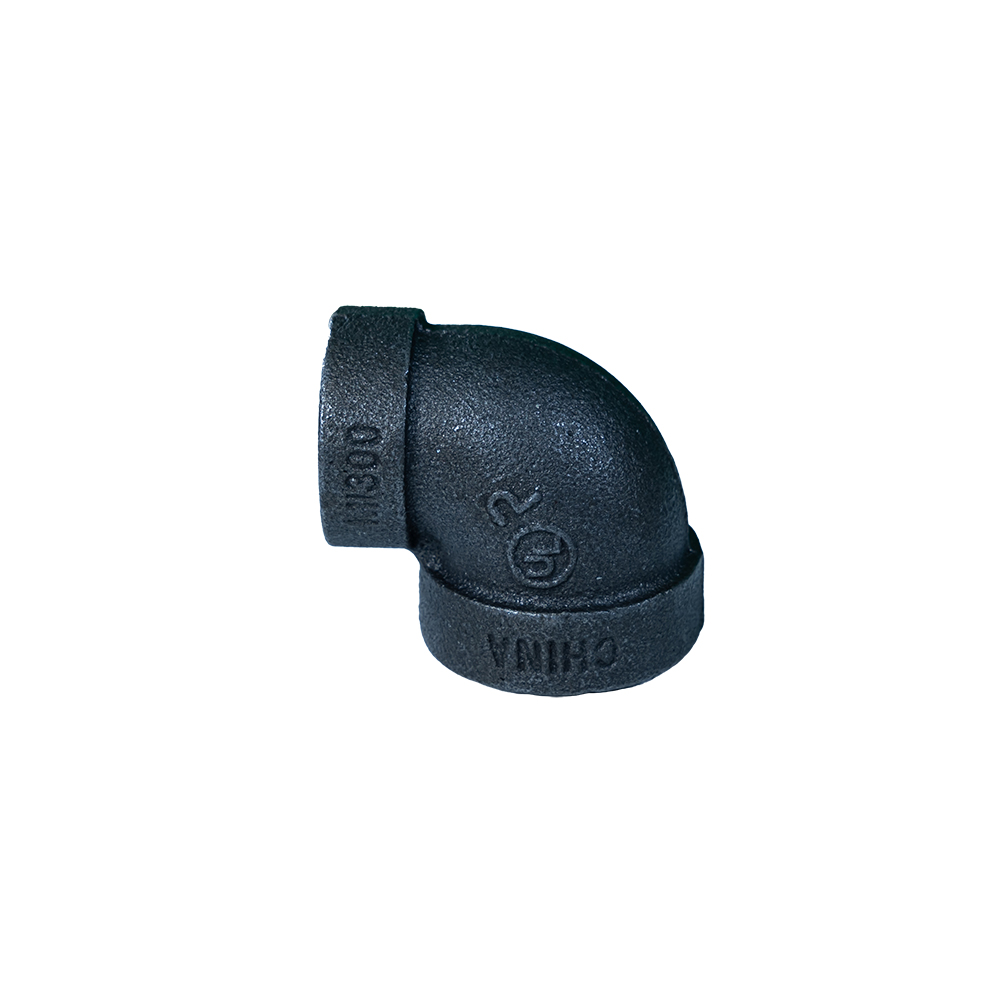Understanding the Art and Science of Fitting to a Tee
When it comes to piping, plumbing, and ductwork, the phrase fitting to a tee literally and figuratively means a perfect match or connection. It’s a term that cuts across industries from construction to humanitarian infrastructure. But beyond its simple sound, understanding what “fitting to a tee” really means can unlock smarter project designs, reduce costly mistakes, and enhance global operations — especially where time and reliability matter.
The Big Picture: Why Fitting to a Tee Matters Globally
In a world that’s expanding infrastructure at a breathtaking pace — especially in developing regions — connecting things well isn’t just about making pipes meet. It’s about economies, safety, and sustainability. According to UN data, roughly 2.2 billion people lack access to safely managed drinking water services. Well-fitted water distribution networks help solve that. Plus, in dense urban settings or disaster zones, a “fitting” that’s off by millimeters can mean downtime, leaks, or worse.
Oddly enough, the concept has technical roots but also spills over into figurative usage — to do something precisely, exactly, thoroughly. Engineers, designers, and logisticians often joke about having a solution “fitting to a tee,” reminding us this idea is both practical and poetic.
What Exactly Does Fitting to a Tee Mean?
In basic terms, a tee fitting is a T-shaped connector used in pipelines to join three separate flow lines. But “fitting to a tee” extends beyond the hardware — it’s about achieving an ideal connection, an exact fit, and flawless junction without compromise.
In modern industry and humanitarian efforts, this phrase underscores precision in installation and design. For example, in emergency water distribution after flooding, connecting temporary pipelines to a tee ensures smooth delivery without leakages or weak links — critical when every drop counts.
Key Components Behind What Makes a Fitting to a Tee Work
1. Material Durability
Whether it’s polyvinyl chloride (PVC), stainless steel, or high-density polyethylene (HDPE), material choice influences lifespan and reliability. Engineers often find that material strength against chemical, environmental, and pressure stresses dictates fit quality in the long haul.
2. Precision Engineering
Tolerances are tight. Manufacturing processes nowadays use CNC machining and laser cutting to ensure fittings align perfectly without leaks or stresses. Inaccuracies—even minor—cause failures in industrial and humanitarian applications alike.
3. Ease of Installation
Time is money — and sometimes lives. Easy-to-install fittings speed up construction or relief efforts. Designs “fitting to a tee” consider ergonomic factors and on-site realities, from manual labor factors to tool availability.
4. Scalability & Adaptability
Often, systems must expand or modify. A fitting that can accommodate future lines or different diameters without full system overhaul embodies smart planning and flexibility.
5. Cost Efficiency
Cost drives decision-making more than we’d sometimes like to admit. But a slightly pricier, well-tested fitting that prevents future faults can save thousands in repairs and downtime.
Mini takeaway:
In short, the perfect tee fitting balances durability, precision, ease, flexibility, and cost to serve both large-scale industry and nimble humanitarian needs efficiently.
Seeing Fitting to a Tee in Action Around the World
In real life, “fitting to a tee” comes alive in many ways:
- Post-disaster recovery: After hurricanes or earthquakes, rapidly deployed water and sanitation systems often use tee fittings that snap together smoothly. For instance, in the 2010 Haiti earthquake relief, modular water pipelines with precisely matched fittings helped restore basic services much faster.
- Urban infrastructure: Cities expanding metro water or gas lines rely on tens of thousands of tee fittings — their exactness ensures safety and longevity in busy environments.
- Remote industrial zones: Mining and oil operations in isolated places use highly resistant fittings that can be installed quickly without expert teams, often under extreme weather.
Product Specification Table: Typical Tee Fittings Specs
| Specification | Standard Use | Material | Pressure Rating | Connection Type |
|---|---|---|---|---|
| Standard Tee | Water & Gas Lines | PVC, Steel | Up to 160 PSI | Socket, Threaded |
| Reducing Tee | Variable Diameter Systems | HDPE, Copper | Up to 200 PSI | Socket, Weld |
| Sanitary Tee | Waste & Sewer Lines | PVC, ABS | Up to 50 PSI | Snap Fit, Solvent Weld |
Top Vendors: A Quick Comparison
| Vendor | Material Range | Customization | Global Reach | Price Point |
|---|---|---|---|---|
| PanNext Fittings | PVC, HDPE, Steel | High – OEM specs possible | Global (50+ countries) | Mid-range |
| FlowTech Solutions | Steel, Copper | Medium, standard sizes | Regional (Europe, NA) | High-end |
| EcoFit Components | Bioplastics, HDPE | Low, green-certified only | Global but limited | Competitive |
Advantages & Long-Term Value of Perfect Fittings
- Cost Savings: Avoiding leaks and repeat maintenance pays off over years.
- Sustainability: Durable, well-fitted components reduce waste and environmental impact.
- Reliability: Precision fittings reduce system downtime and improve safety.
- User Trust: Clients and users feel more secure knowing infrastructure “fits to a tee.”
Frankly, it’s not just about pipes but about building trust and lasting value. Whether in your local city water network or remote field hospital setup, proper fittings support dignity, sustainability, and innovation.
Looking Ahead: Future Trends in Fitting to a Tee Technologies
Digital modeling and advanced materials are rapidly evolving. Expect more:
- 3D-printed custom fittings: Driving down lead time and perfectly matching irregular systems.
- Smart fittings: Embedded sensors that monitor pressure, temperature, and integrity.
- Eco-friendly composites: Recyclable or bio-based materials replacing traditional plastics and metals.
- Automation: Robotics-assisted installation in hazardous or hard-to-reach places.
All these revolutionize how precisely and responsibly systems get connected.
Challenges Along the Way & How to Solve Them
Still, “fitting to a tee” isn’t always smooth sailing:
- Supply Chain Disruptions: Delays can mean using subpar parts. Solution? Stockpile essentials or use fitting to a tee suppliers with global reach.
- Compatibility Issues: Different standards across countries create confusion. Expert consultation and modular fittings help mitigate this.
- Installation Skills: Poor assembly can ruin the best components. Training and smart tools ease this hurdle.
FAQ: Common Questions About Fitting to a Tee
- What materials provide the best durability for tee fittings?
- Materials like stainless steel and HDPE are known for durability in corrosive or high-pressure environments, though the best choice depends on application specifics.
- Can fitting to a tee help speed up emergency water system installations?
- Absolutely. Modular tee fittings designed for quick assembly drastically cut deployment time in crisis zones, ensuring faster access to water.
- Are customized tee fittings more cost-effective long-term?
- While upfront costs may be higher, custom fittings tailored exactly to system needs often reduce leaks, improve efficiency, and lower maintenance, saving money over time.
- How do standards influence choosing tee fittings internationally?
- International standards (ISO, ASTM) guide conformity, but local codes vary. Choosing compliant fittings and consulting experts remains essential.
- Where can I find reliable suppliers for high-quality tee fittings?
- Established suppliers like PanNext Fittings offer a blend of quality, customization, and global support.
Wrapping Up: Why Fitting to a Tee Is More Than Just a Phrase
Getting your components to fit perfectly is foundational — whether building modern cities, restoring communities after disasters, or optimizing industrial processes. It’s about precision, trust, and lasting value. When done right, fitting to a tee saves money, guards the environment, and supports human dignity.
For your next piping or system connection project, why not fit to a tee with trusted, innovative suppliers and expert consultation? It really does pay off — guaranteed.
References
Post time: Nov-19-2025









